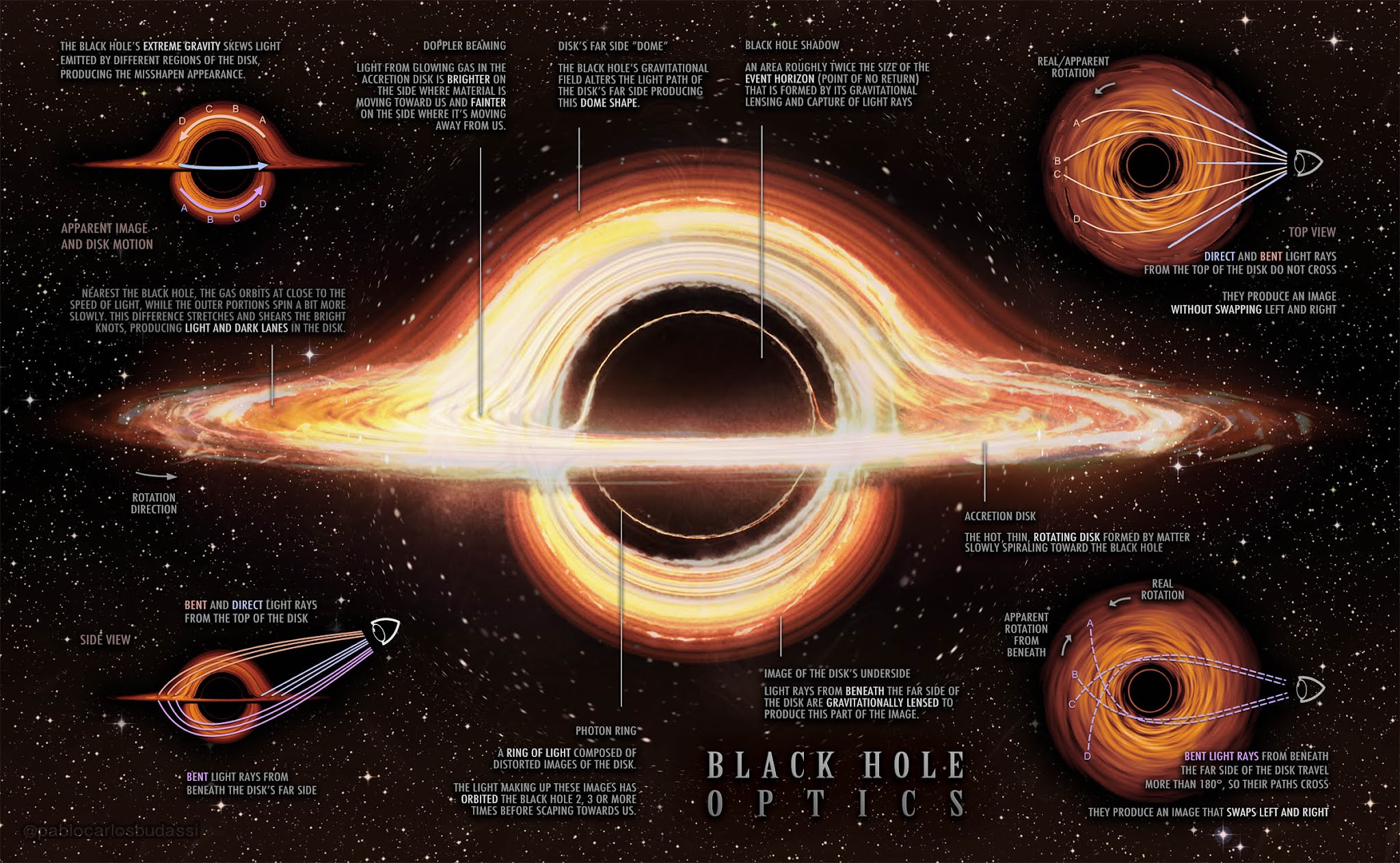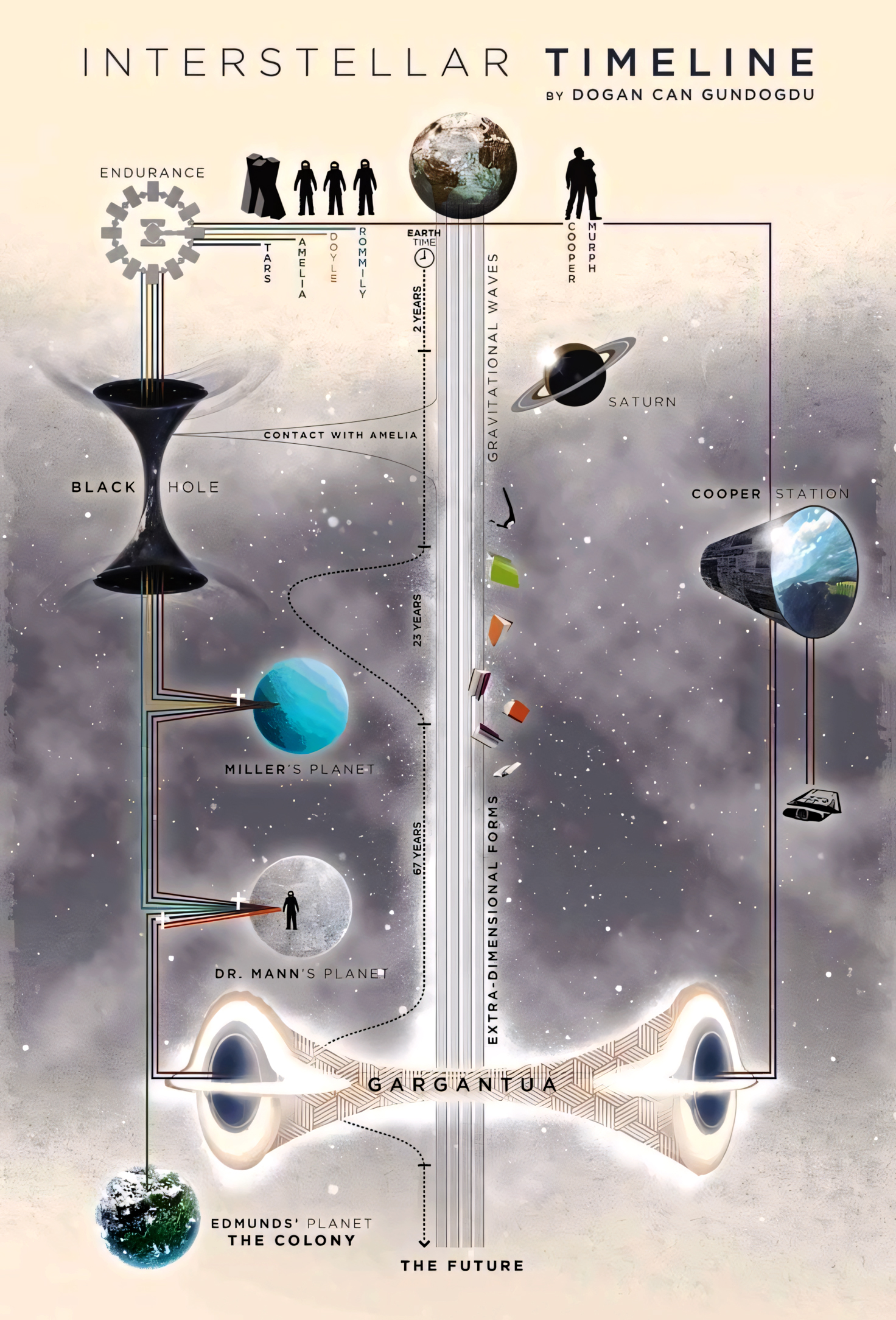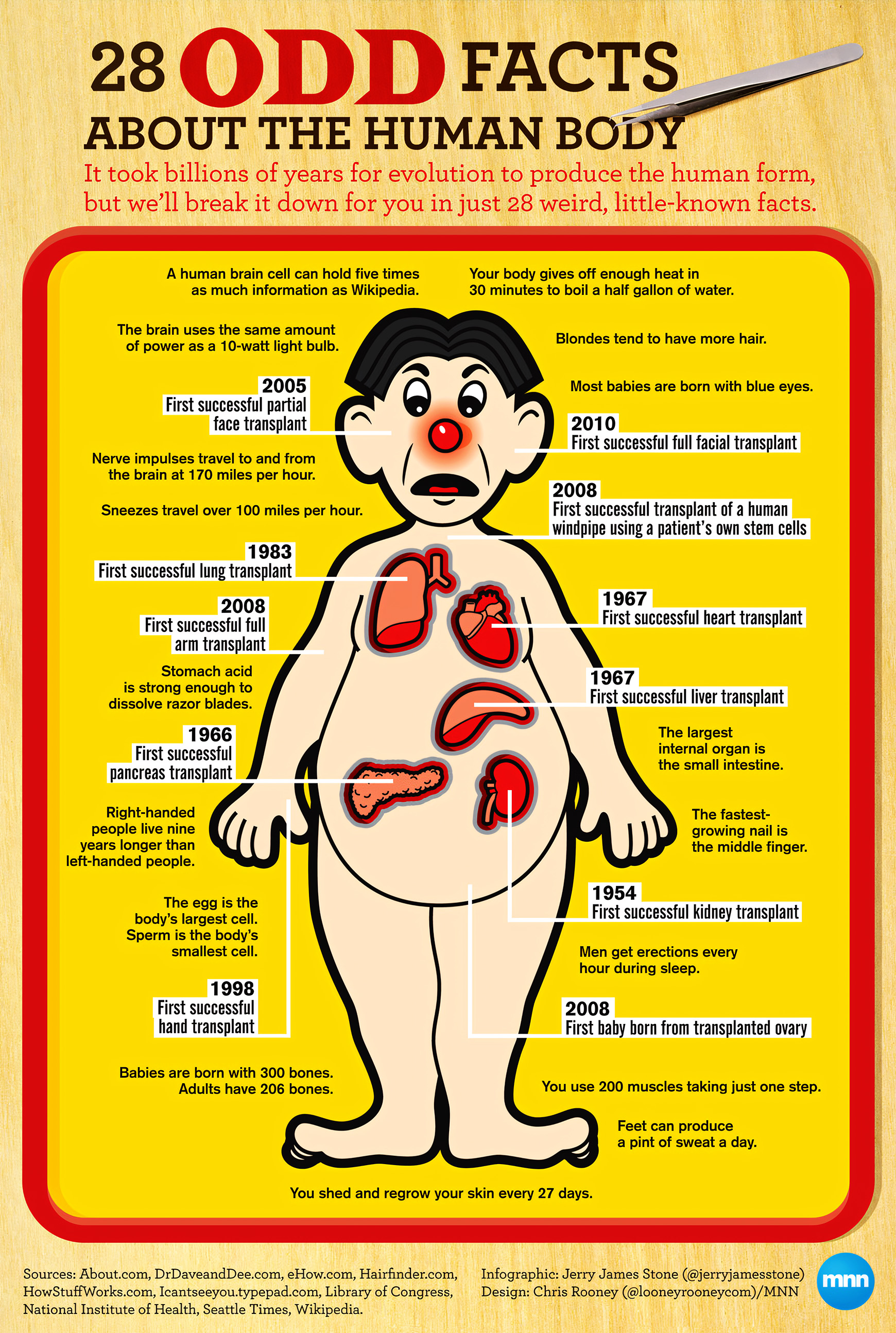The Cosmic Scale: How Far Can We Really See?
More than a mere assemblage of heavenly bodies, this infographic serves as a graphical representation of the map of the known universe. Like an artist satirizing the human hubris of attempting to understand the unfathomable, the creators of this representation have set an almost impossible task. After all, why would anyone try to visualize the universe if not to render it understandable?
Even more audacious, then, is the challenge issued by the creators of this particular rendering of that seemingly insurmountable task: visualizing the unfathomable. Set against the beyond-infinite scale of the cosmos, Earth comes off as a delicate little orb. But, significantly, it is the only one we know for certain can sustain life.
From the cosmic explosion that originated our universe to the frontier of contemporary understanding.
The timeline starts at the very beginning, with the cosmic microwave background radiation the faint remnants of radiation from the Big Bang. This is as far back as our telescopes can look. But here’s the thing: the CMB isn’t something we observe; it’s an echo, a fingerprint of an event that happened 13.8 billion years ago. It’s not actually a “thing” you can see; it’s the farthest you can see because nothing actually was before this event any more than there was anything before you came to “being.” Eric Weinstein would ask: Why stop here? Why assume that our span of measuring the “this” defines the boundary of the cosmos? The CMB isn’t a boundary; it’s a veil. Beyond it lie structures, entirely different orders of existence, or even a multiverse. Yet we treat the CMB like the “be all, end all” finish line when, you know, it’s really just the beginning of something more.
The Universe as a Web of Cosmic Connections
The enormous collection of galaxies making up the cosmic web lies beneath the CMB. This web, defined by filaments of dark matter and luminous galaxies, is the universe’s scaffolding. Look closer, though, and you’ll see that the web is not static. It’s expanding, with the dark energy of the universe driving it apart. Here’s the paradox: The galaxies we observe are moving away from us faster than the speed of light. And yet, we see them. Why? Because the universe itself is expanding and with it, the space-time beneath these objects is stretching like an expanding rubber sheet. To Weinstein and to many others, this apparently universal truth breaks our intuitive understandings of causality and motion.
An Address We Know Well: The Milky Way
Focusing in, we discover the Milky Way Galaxy, our home in the cosmos. It’s comforting to visualize our location within this enormous structure, orbiting an ordinary star among more than 100 billion of its kind. But this comfort is deceptive. Our own galaxy harbors the black hole at its center, known as Sagittarius A*, a supermassive object that not even light can escape, and whose gravitational pull is strong enough to warp space and time around it. Black holes are not just strange objects sitting in a bizarre corner of our galaxy; they are, or should be, of fundamental concern to all of us when it comes to understanding the very nature of reality humanity’s most valuable asset.
Our Minuscule Community: The Solar System
The planets, moons, and asteroids within our solar system may seem rather ordinary when one contemplates the boundless universe beyond. Still, let’s face an undeniable reality: this is the only part of the cosmos where human beings have dared to go. We’ve dispatched unmanned probes to the very fringes of the solar system, where the influence of our sun begins to wane. At least one solar wind–blown bubble has been crossed. Humanity has reached the very edge of the solar system. Yet Voyager 1 and 2, along with Pioneer 10 and 11, have all too clearly underscored the humbling fact that going beyond the solar system is a journey our minds can easily envision but that our bodies our tools, our energy, our very terrestrial existence simply cannot. This stark limitation serves as a reminder of our fragile place in the vastness of space. As we gaze at the stars, we cannot help but marvel at the potential for discovery that lies beyond, yet the reality of voyager’s journey through space highlights our current constraints. Each probe that ventures further serves as both an inspiration and a testament to human ingenuity, pushing the boundaries of our understanding while reminding us of the distance that still separates us from the mysteries that await.
The Inner World: The Earth and Its Cosmic Neighbors
In conclusion, the infographic takes us to the Earth a delicate, blue sphere located in a seemingly infinite universe. Our theft of the Earth’s resources in order to build satellites its most omnipresent technology underscores a fundamental irony that I suspect few hope to resolve: If the only way to explore other planets is to pillage this one, then how can we claim as our own the explorers’ mission that NASA touts so proudly? On the infographic, our small teardrop of a home amid the inning of infinity seems precious, indeed so much so that we ought not to go cheap on its preservation.
What the Philosophy Means
You can think of this infographic as the ultimate in scale even if it’s a bit lazy in its structure because it shows all of these subdivisions of the universe out to some ridiculous distance. The reason we like to think in terms of these subdivisions galaxies, solar systems, planets isn’t because they exist in any particularly obvious way, but because they’re easier for our human brains to handle. This, then, is the first part of Weinstein’s argument. We divide the universe into parts; it is, in a very real sense, our strength and our weakness.
Concluding Thoughts: Our Position in the Cosmos
This infographic does more than just show space; it shows a reflection of our curiosity and our constraints. It shows us not only what we’ve accomplished in our efforts to peer into the depths of the universe but also what we haven’t been able to do, quite yet. The universe is just so big, and its strangeness is on constant display. But let’s not fear the unknown too much. These dark patches didn’t come about because we ran out of stars. No, they came about because our desire to understand the universe extends way beyond its mere starry surface. And don’t think for one second that we won’t extend that desire even further in the years to come.









